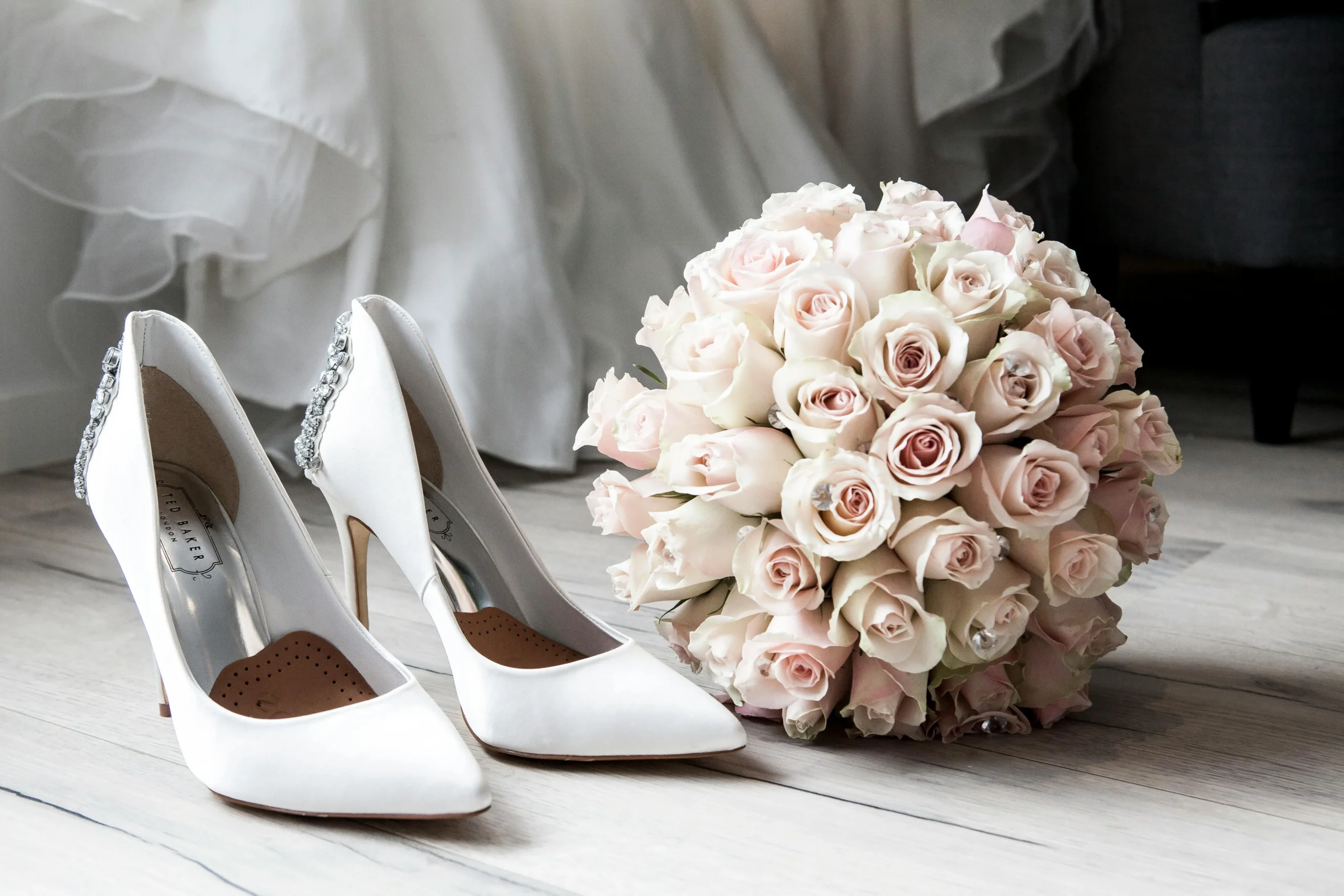Have you ever wondered what type of writing is most similar to an autobiography? Autobiographies offer us a detailed glimpse into the lives of their authors, showcasing personal triumphs, challenges, and milestones. Amid the wide array of literary genres, several forms of writing share this intimate, reflective quality. This article embarks on a journey to uncover these similar styles, illuminating the paths where personal narratives come to life outside the confines of the traditional autobiography.
Definition of an Autobiography
An autobiography is a self-written account of a person’s life. Unlike stories or novels, an autobiography is true, offering a window into the author’s experiences, thoughts, and feelings. It’s as if the author is having a conversation with the reader, sharing the ups and downs of their life journey. This genre stands out because it provides a firsthand perspective on the author’s life, making each autobiography a unique treasure trove of personal history.
Key Characteristics of Autobiographical Writing
The essence of autobiographical writing lies in its personal nature and authenticity. Authors of autobiographies often delve deep into their memories, selecting events that have shaped their identities and outlook on life. These writings are rich with emotions, detailed descriptions of significant moments, and honest reflections, offering readers a direct line to understanding the author’s inner world.
What Type of Writing is Most Similar to an Autobiography: A Comparative List
- Memoirs: Focus on specific themes or periods in the author’s life, offering deep personal insights.
- Personal Essays: Share reflections and personal viewpoints on various topics, often drawing from the author’s experiences.
- Diaries and Journals: Provide an intimate, day-to-day account of the author’s thoughts, feelings, and activities.
- Creative Nonfiction: Tells true stories using literary techniques, often including autobiographical elements.
- Narrative Nonfiction: Uses storytelling methods to recount real events, sometimes weaving in the author’s personal experiences or observations.
- Biographical Novels: Though primarily about someone else’s life, these can closely mirror autobiographical writing when they deeply explore the subject’s inner world and are written with significant input from the subject or their diaries.
- Letters: Personal letters can offer autobiographical insights, especially when collected and published, providing a first-person perspective on the author’s life and times.
- Blogs and Personal Online Journals: Modern equivalents of diaries and journals, these digital formats offer real-time reflections and narratives about the author’s life.
Memoirs: The Closest Kin to Autobiographies

When considering what type of writing is most similar to an autobiography, memoirs undoubtedly come closest. Memoirs, while similar to autobiographies, focus more on specific themes or periods in the author’s life rather than a comprehensive life story. This type of writing often zooms in on pivotal moments or experiences that hold a profound significance for the author, allowing for a deep exploration of particular themes or emotions. Memoirs give writers the flexibility to dive into the nuances of their experiences, making each memoir a unique piece of personal history.
Similarities Between Memoirs and Autobiographies
Memoirs and autobiographies share a deep connection through their focus on personal experiences and self-reflection. Both genres invite readers into the private worlds of their authors, offering insights into the thoughts, feelings, and events that have shaped their lives. This close kinship makes memoirs and autobiographies complementary lenses through which readers can explore the multifaceted nature of human life.
Personal Essays and Their Connection to Autobiographies
Personal essays are a form of writing where authors express their viewpoints and reflections on a wide range of topics, often drawing on their own experiences. These essays are like snapshots of the author’s mind, revealing how they interpret and feel about the world around them. The personal touch in these essays makes them resonate with the authenticity and introspective depth found in autobiographical writing.
Differences and Similarities to Autobiographies
While personal essays and autobiographies both thrive on the personal experiences and insights of the author, essays are typically shorter and focus on a specific idea or event. This brevity allows for a concentrated burst of reflection and analysis, often leaving readers with a memorable insight or thought to ponder. Yet, both genres share the goal of forging a connection with the reader through honest and personal storytelling.
Diaries and Journals: A Window to the Soul
Diaries and journals are perhaps the most intimate forms of writing, serving as daily or regular records of the author’s thoughts, feelings, and experiences. These writings are private, meant primarily for the author’s eyes, and they offer a raw, unfiltered glimpse into the author’s inner life. The intimate nature of diaries and journals makes them akin to autobiographies, as both genres are deeply personal and truthful.
How They Compare to Autobiographies
Unlike autobiographies, which are crafted for publication and often have a narrative structure, diaries and journals capture the spontaneity of daily life. They may not always follow a coherent storyline, but they share the authentic voice and personal perspective that define autobiographical writing. Diaries and journals are the seeds from which many autobiographies grow, providing the raw material that authors later shape into a structured narrative.
Biography vs. Autobiography
Biographies are written by someone other than the subject, offering an external perspective on the person’s life. This outside viewpoint can provide a different lens through which to view the subject’s experiences and achievements. However, what sets autobiographies apart is the author’s internal perspective, offering insights and reflections that only they can provide about their life.
When Biographies Feel Autobiographical
Sometimes, biographies can feel autobiographical, especially when the biographer has had close access to the subject or uses the subject’s personal writings as sources. In these cases, biographies can offer a depth of insight and personal detail that approaches the intimacy of autobiographical writing, blurring the lines between the two genres.
Creative Nonfiction: A Broad Spectrum
Creative nonfiction is a genre that uses literary styles and techniques to tell true stories. This broad category includes a variety of writings, from articles and essays to memoirs and travel writing, all rooted in factual accuracy but told with the flair of fiction. This blend of fact and creative expression shares with autobiographies the commitment to truthfully representing the author’s life and experiences.
Autobiographical Elements in Creative Nonfiction
Many works of creative nonfiction incorporate autobiographical elements, weaving the author’s personal experiences into the narrative. Whether exploring a scientific concept, recounting historical events, or describing a journey, authors often insert their perspectives, reflections, and personal anecdotes, adding depth and relatability to the factual content. This integration of personal narrative makes creative nonfiction a close relative to autobiographical writing.
The Role of Narrative Nonfiction
Narrative nonfiction, with its rich storytelling and factual basis, raises the question: what type of writing is most similar to an autobiography? Narrative nonfiction is a genre that tells true stories using the techniques of fiction, such as character development, setting, and plot. This approach makes the stories compelling and accessible, engaging readers as effectively as novels do. The focus on real-life events and people, coupled with the narrative style, shares a kinship with autobiographies, where the author’s life story unfolds with the tension and drama of a well-told tale.
Autobiographical Influences
In narrative nonfiction, the author’s voice often plays a crucial role, imbuing the narrative with a personal perspective that can echo autobiographical writing. When authors use their experiences or insights to frame the story, they bring an autobiographical influence to the work, bridging the gap between pure fiction and the factual recounting of events.
Choosing the Right Form for Your Story
Selecting the appropriate form to tell your personal story is a deeply personal decision. Whether you’re drawn to the comprehensive scope of an autobiography, the thematic focus of a memoir, the reflective depth of personal essays, or the narrative drive of creative nonfiction, each genre offers unique possibilities for sharing your experiences and insights.
The Ever-Blurring Lines Between Genres
As we’ve seen, the lines between autobiographies and other forms of personal narrative writing are increasingly fluid. Each genre offers its own approach to telling true stories, but all share a commitment to authenticity, personal perspective, and the power of the written word to connect us to the lives of others. In exploring these genres, writers and readers alike discover the diverse ways in which our stories can be told, reflecting the rich tapestry of human experience.




